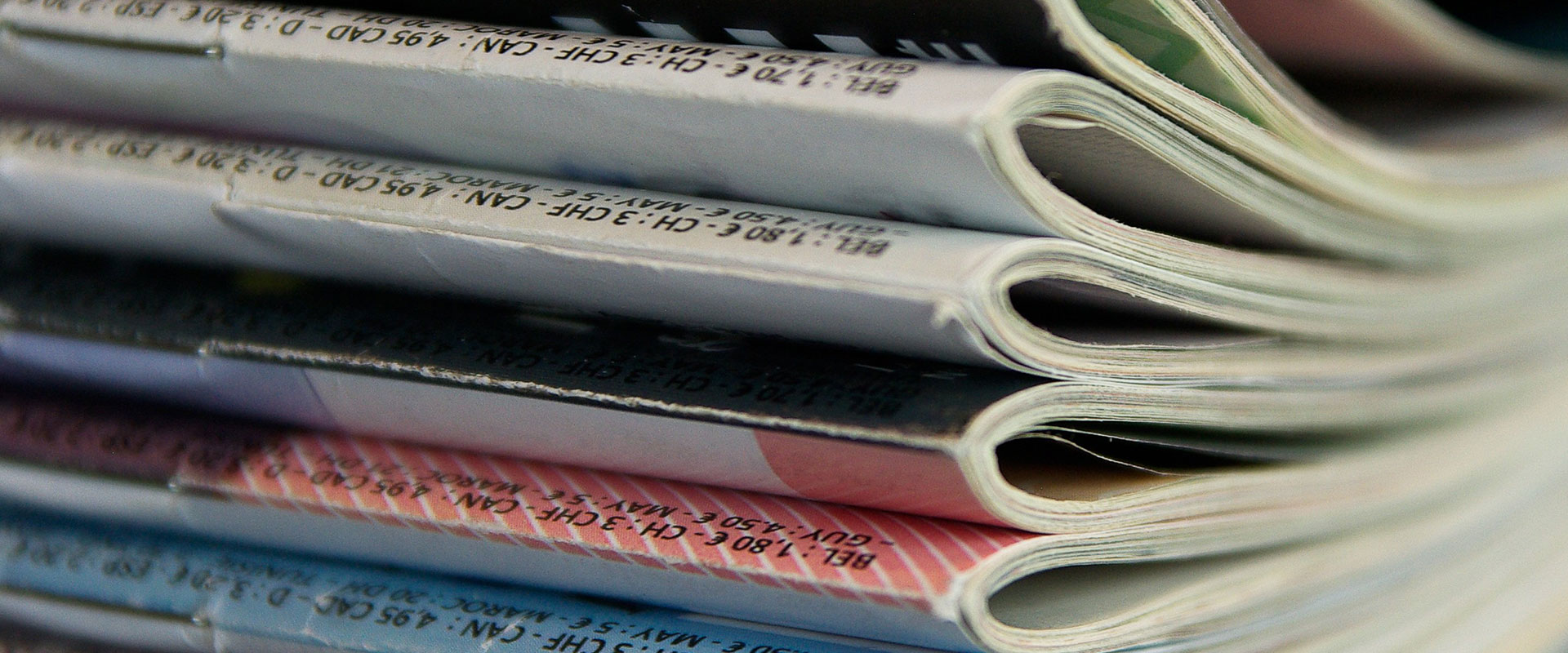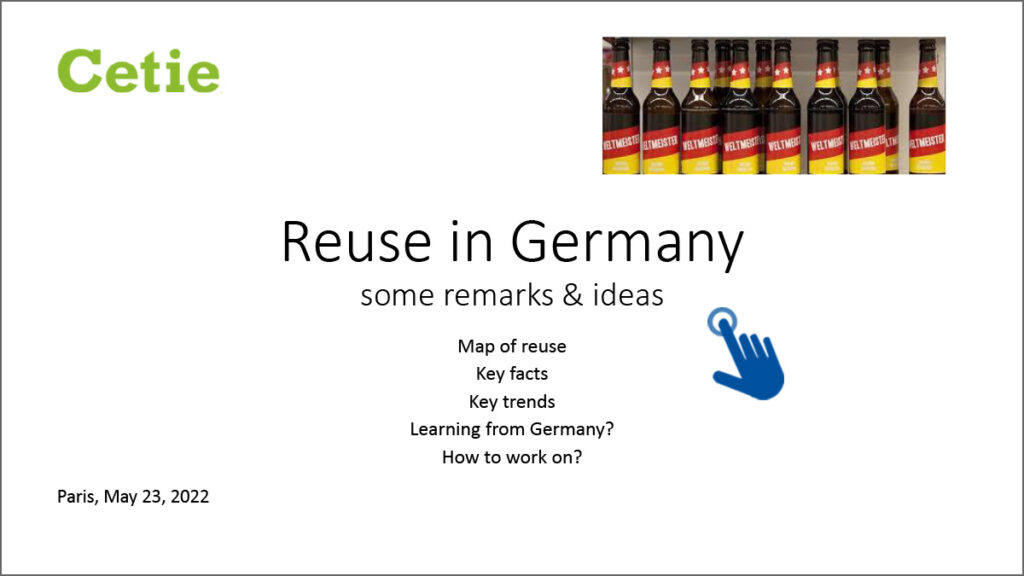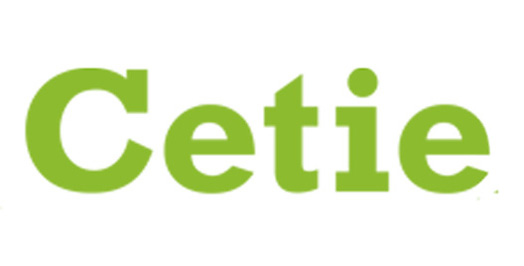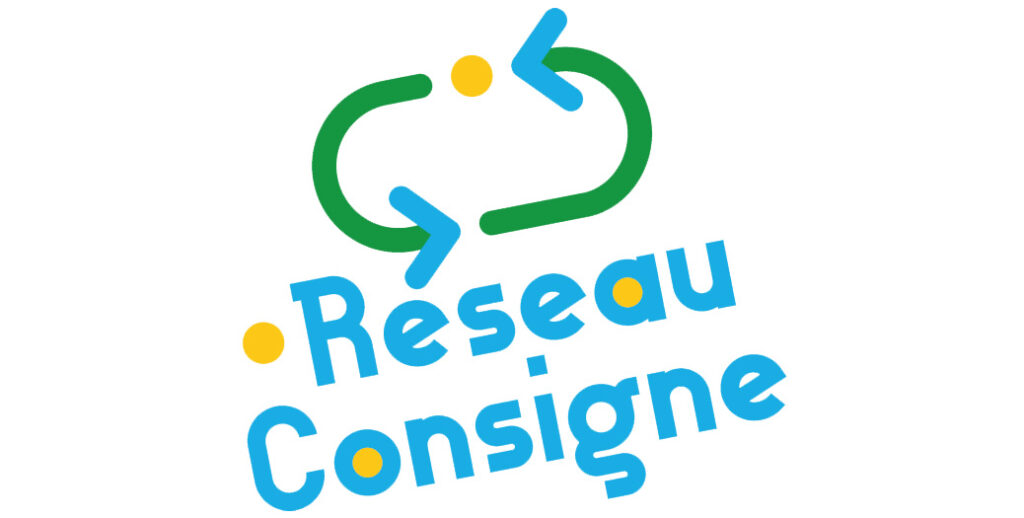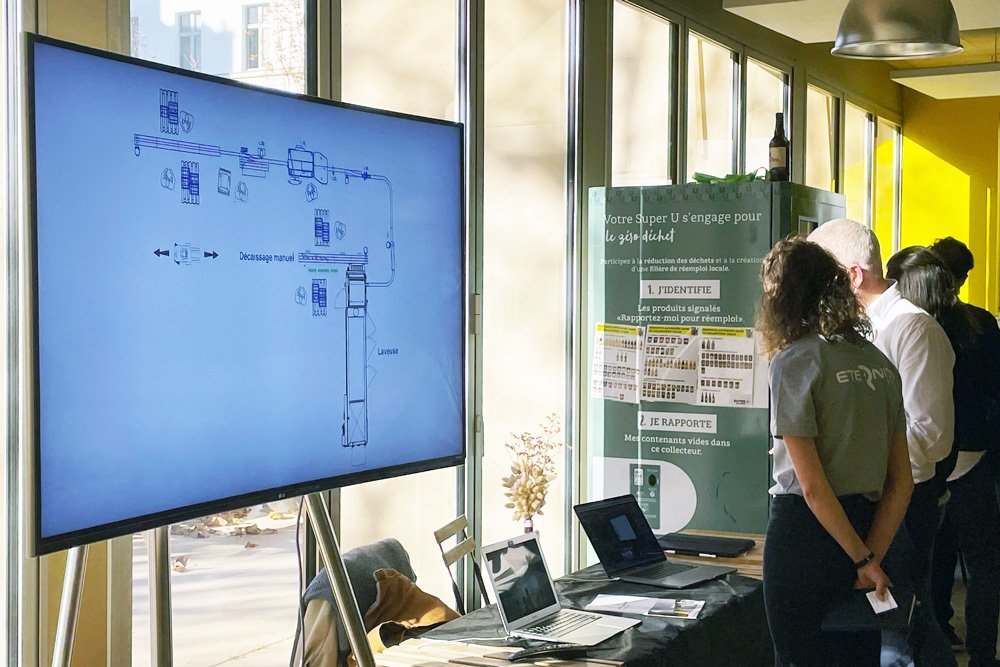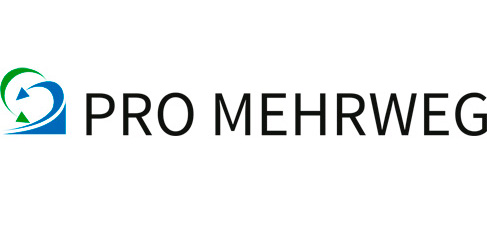Top news
Installation of the empty bottle inspector miho David 2 in Nigeria
REUSE: Information on labels and adhesives and their removal without residue during the washing process of reusable glass containers
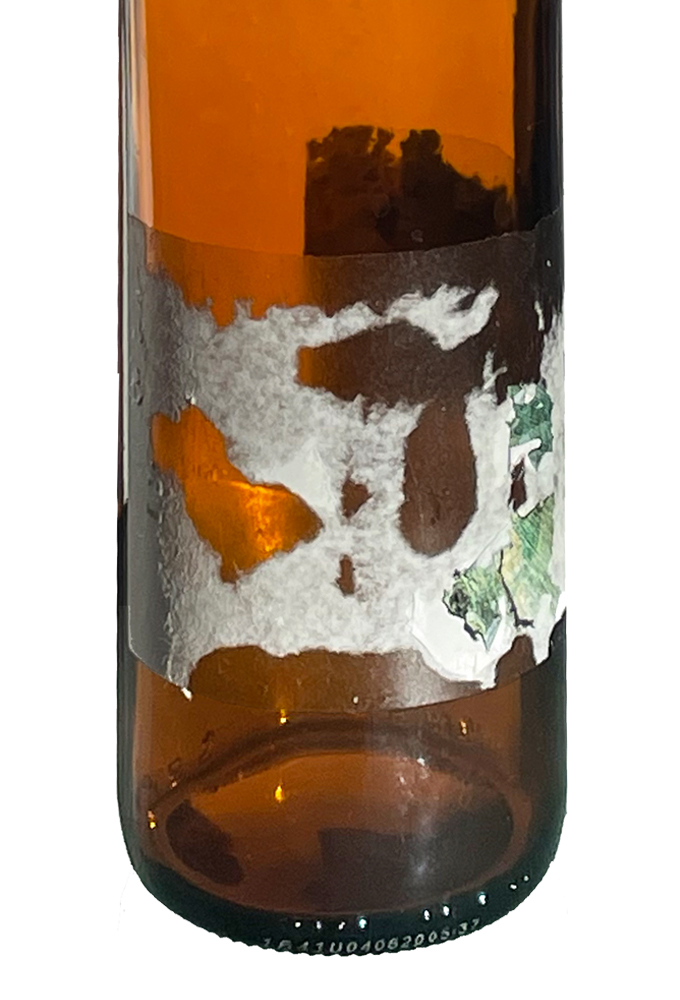
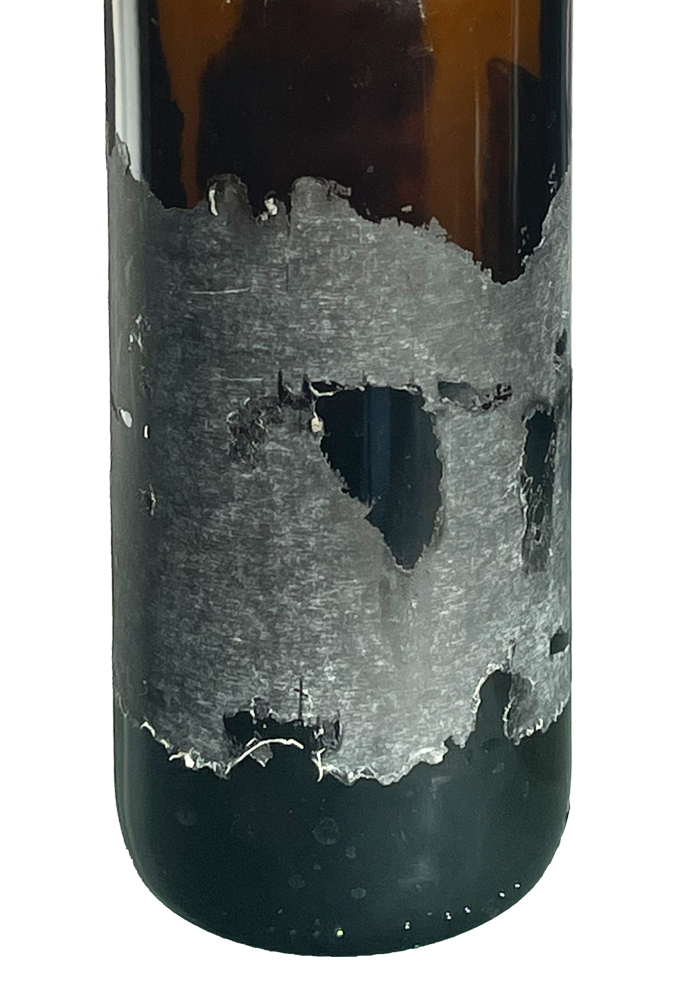
To ensure that all kinds of stickers or labels and also the adhesive can be completely removed from reusable glass containers in a washing machine, the following should be observed:
1.Caustic solubility
The most important prerequisite first: Both stickers/labels and the adhesive or wet glue must be caustic-soluble! Only then, the glass containers can be cleaned without residue during the washing process.
2. Label or sticker: the influence of Printing ink, protective coating and hot foil stamping
Components such as hot foil stamping, varnish or printing ink seal the surface of the label and make it difficult for the caustic to penetrate the paper fibers in order to detach the adhesive. Applied primers (especially with digital printing systems such as Indigo) also seal the surface of the material additionally. The higher the proportion of such components on the label, the more difficult it will be to remove them later. In the case of #adhesive labels or #self-adhesive labels that are to be removed later by a caustic solution, full-surface coating and film lamination must therefore be avoided. Furthermore, it is advisable to rasterize areas and not to make formats of hot foil stamping too large.
The most suitable labels for reuse are still the traditional #wetglue labels.
3. Washing machine
The residue-free removal of labels, including self-adhesive labels, is ensured by a warm caustic bath. Temperature, caustic content and dwell time in the caustic bath depend on the recommendations of the adhesive manufacturer. For #self-adhesive labels, it is usually 1-1.5% caustic at a temperature of 60-80°C and ten to fifteen minutes exposure time, depending on the manufacturer. In the case of unprinted #wet-glue labels, detachment of the label may be possible after just one minute. The properties of the label paper as well as the above-mentioned treatments of the surface can influence and possibly extend the detachment time.
4. Return logistics / handling of the empties
Proper storage is a prerequisite for the removal of labels from used glass. Optimal storage of the empties is dry and protected from the weather. The adhesives in #adhesive labels and #self-adhesive labels react very quickly, especially to the effects of the weather. In addition, rain can cause the adhesive to dissolve and, when it subsequently dries, to adhere permanently. In general, the longer the empties are stored, the more difficult it is for the adhesive labels to come off later. If stored properly, the adhesive can be expected to adhere optimally for up to 12 months after labeling.
Due to the various influencing factors and material properties, no guarantee can be given as to removability.
For #wet glue labels, the storage instructions described above apply accordingly. The washability of the labels is of course significantly longer, since no adhesive is applied. With proper storage, paper labels have a storage time of many years.
5. Storage of labels / stickers
The storage of the labels before they are applied to the container also has an influence on their subsequent removability. The following applies here
– optimal storage of labels/stickers (20-23°C, 50-55% relative humidity)
– Storage in the dark (even neon tubes radiate in the UV range)
– Storage time of the labels as short as possible
6. Adhesive PP-labels (no-label-look)
Wash-off needs be considered case-by-case. However, adhesive PP-labels should be avoided from the ecological point of view since the recycling of washed-off labels is well established for paper and requires pure materials.
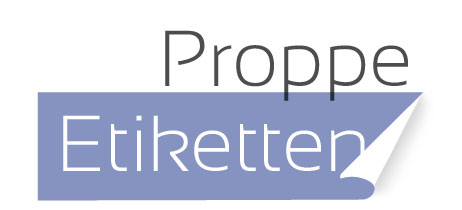
MD of Proppe Etiketten
E-Mail: eckert@proppe-etiketten.de
Reuse and its new frontiers
By J. Peyceré, Cetie Secretary General
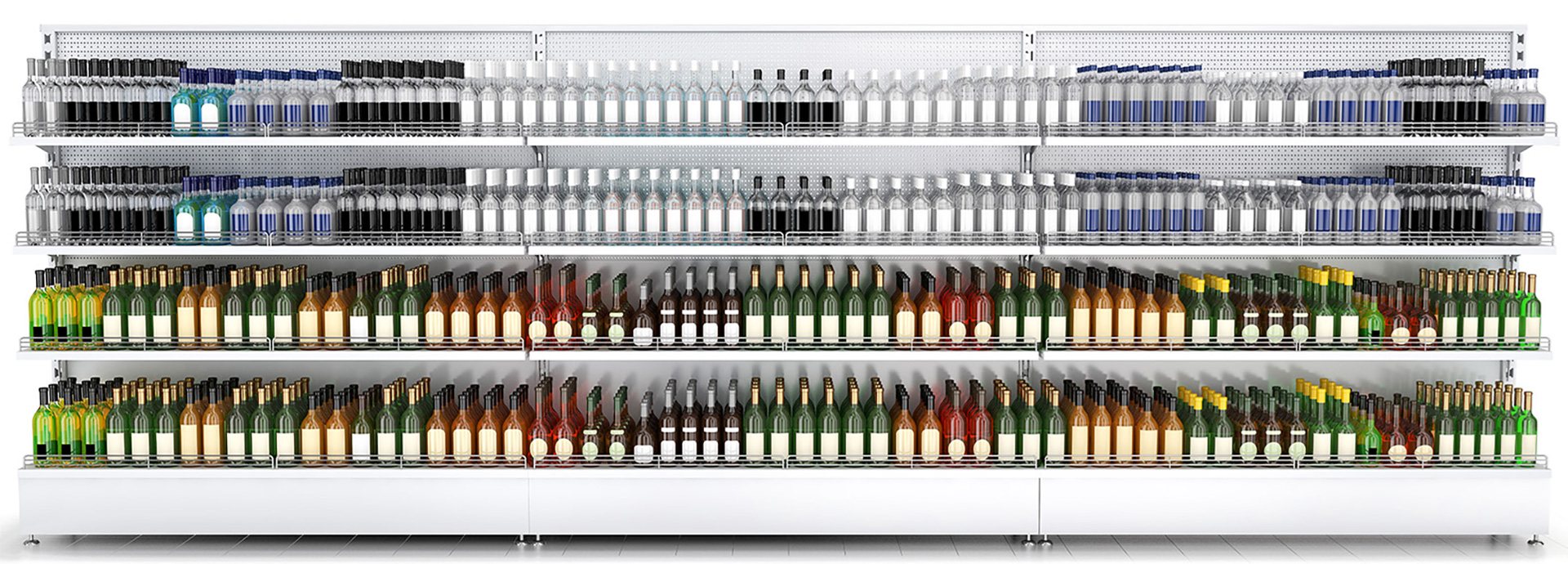
Following the 2020 French anti-waste law for a circular economy (AGEC) and the efforts made by certain stakeholders to make large-scale reuse possible in France, this year Cetie announced the creation of a working group on “Reuse of containers designed for food and beverages”. This group, which is international in scope, held its second meeting in October, attended by the main stakeholders concerned by this subject, and in particular:
- Marketers and fillers of glass containers (bottles and jars), and their federations, some of which also wash their own bottles on a large scale,
- Glass manufacturers, producing these containers, and their federations, as well as distributors,
- Independent washers and washing and collection organisations,
- Manufacturers of automatic inspection machines,
- Manufacturers of corks and caps,
- The eco-organisations ADEME and CITEO.

The group chose Markus Grumann (Photo) as its chairman. He is the Managing Director of miho Inspektionssysteme, which makes automatic inspection systems of containers originally focussed on bottling lines, with inspections at the start of the line, during packaging and of the finished product. In addition to his functions at Miho, Markus is also closely involved in two German organisations dedicated to reuse: Mehrwegverband Deutschland, which addresses all aspects of reuse and the reuse of packaging materials, and Pro Mehrweg, which concentrates on the reuse of bottles for beverages.
He brought to the working group his vision of a mature system, which is aware of some remaining drawbacks, but which intends to continue growing by modifying this system and making technical, and in particular digital, improvements. The group started by trying to answer one simple question:
“What characteristics must a container have to be reusable?”
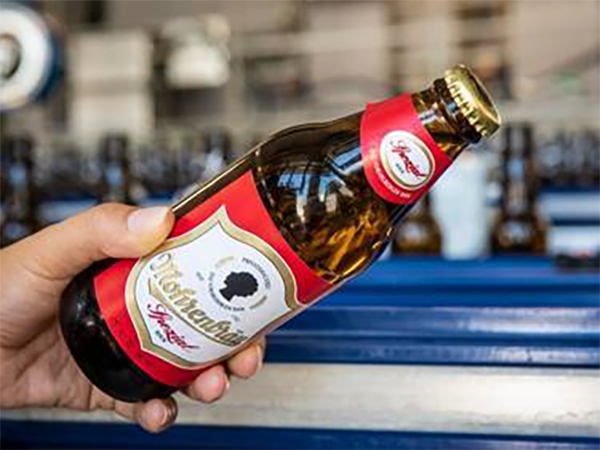
Source: Yumda
Innovation: thermally tempered lightweight glass for returnable bottles – no restrictions to worry about during empty bottle inspection
Vetropack, as a manufacturer of glass packaging, has introduced the world’s first returnable bottle made of thermally tempered lightweight glass at Drinktec 2022. The advantages are low weight and less wear and tear, resulting in more turnarounds.
Fortunately, empty bottle inspection shows no limitations in inspection accuracy, for example due to polarization effects, which was to be feared due to the special material structure.
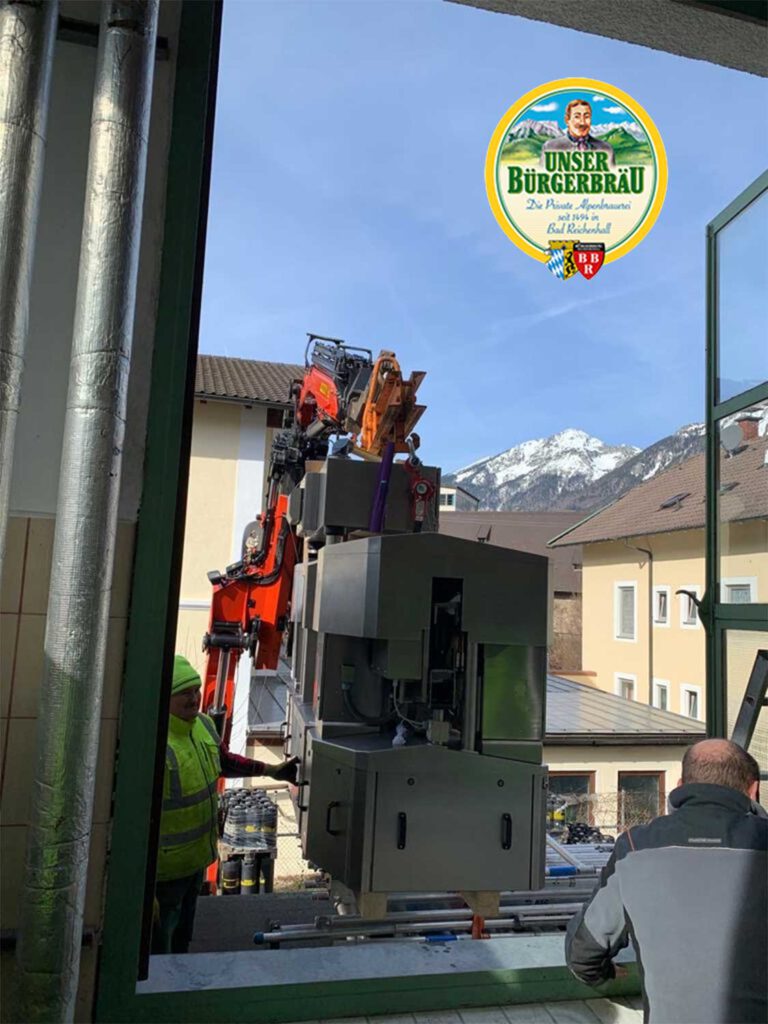
The flying empty bottle
inspector …
against a mountain backdrop!
Extraordinary tasks require extraordinary measures.
Like in this case during the delivery of our empty bottle inspector miho David 2 at the private alpine brewery BÜRGERBRÄU in Bad Reichenhall.
miho one way glass bottle inspection.
An example in the champaign industry.
“With its work miho can make a contribution towards our German reusable system, I am sure of that. On the other hand, it is fruitful for us if we don’t always look at reusable containers from the technical side only.”
Dr Markus Grumann, Managing Director of miho Inspektionssysteme

